In recent years, the landscape of shopping has undergone a dramatic transformation with the rapid rise of e-commerce. The convenience of online shopping has revolutionized how we buy goods, but it has also brought about significant changes in packaging practices, leading to a surge in packaging waste.
The e-commerce boom has undoubtedly changed the way we shop, offering unparalleled convenience and accessibility. With just a few clicks, consumers can have products delivered straight to their doorsteps, eliminating the need for traditional brick-and-mortar stores. However, this convenience comes at a cost, particularly in terms of packaging.
In traditional retail settings, products are often displayed on shelves without excessive packaging. However, in the e-commerce world, products must withstand the rigors of shipping and handling, leading to the use of protective packaging materials such as bubble wrap, foam peanuts, and plastic air pillows. Additionally, many online retailers use oversized boxes to accommodate various product sizes, leading to inefficient use of space and an unnecessary increase in packaging materials.
The exponential growth of e-commerce has resulted in a corresponding increase in packaging waste, presenting significant environmental challenges. According to research, packaging materials account for a substantial portion of municipal solid waste, with cardboard and plastic packaging being among the most common types found in landfills.
The environmental impact of packaging waste is multifaceted, encompassing issues such as resource depletion, greenhouse gas emissions, and wildlife habitat destruction. Plastic packaging, in particular, poses a significant threat to marine ecosystems, with millions of tons ending up in the world’s oceans each year.
Amid growing concerns about the environmental impact of packaging waste, recycling has emerged as a crucial solution for managing waste sustainably. Recycling not only diverts materials from landfills but also conserves resources, reduces energy consumption, and mitigates pollution.
Cardboard, one of the most common packaging materials used in e-commerce, is highly recyclable and can be repurposed into new products such as paperboard, packaging materials, and even building materials. Additionally, plastics, including those used in packaging, can be recycled into a wide range of products, from clothing and furniture to automotive parts and playground equipment.
The rise of e-commerce has undoubtedly revolutionized the way we shop, offering unparalleled convenience and accessibility. However, it has also brought about significant challenges in terms of packaging waste and environmental impact. As consumers and businesses alike navigate this new landscape, recycling emerges as a critical solution for managing packaging waste sustainably.
By embracing recycling practices and investing in innovative packaging solutions, we can minimize the environmental footprint of e-commerce while still enjoying the benefits of online shopping. Together, we can work towards a future where packaging waste is minimized, resources are conserved, and our planet thrives for generations to come.


